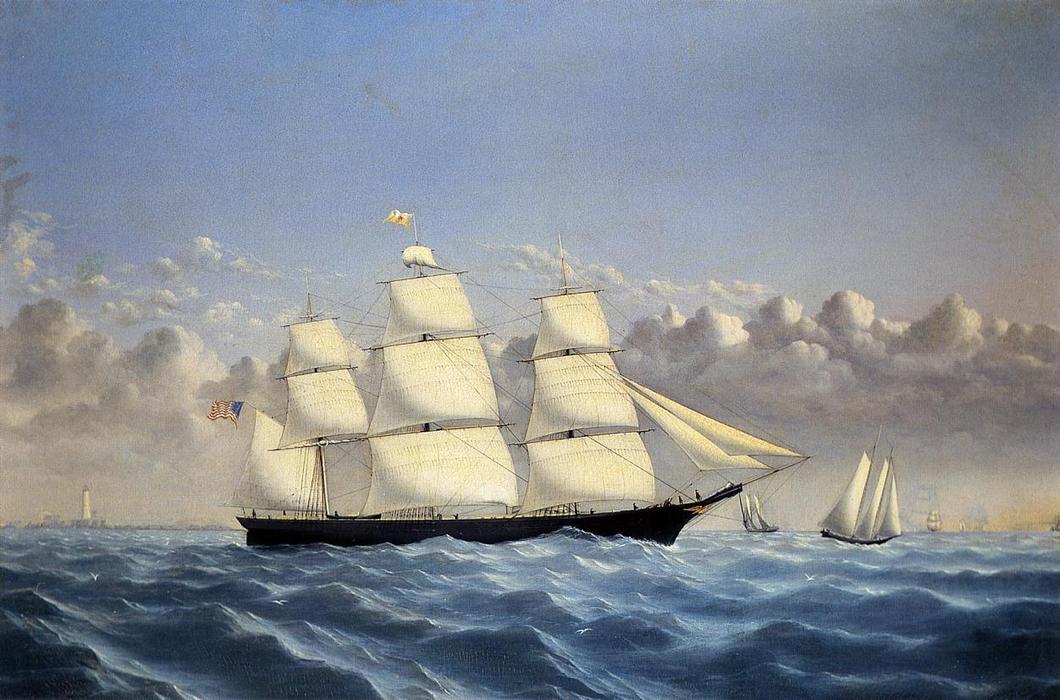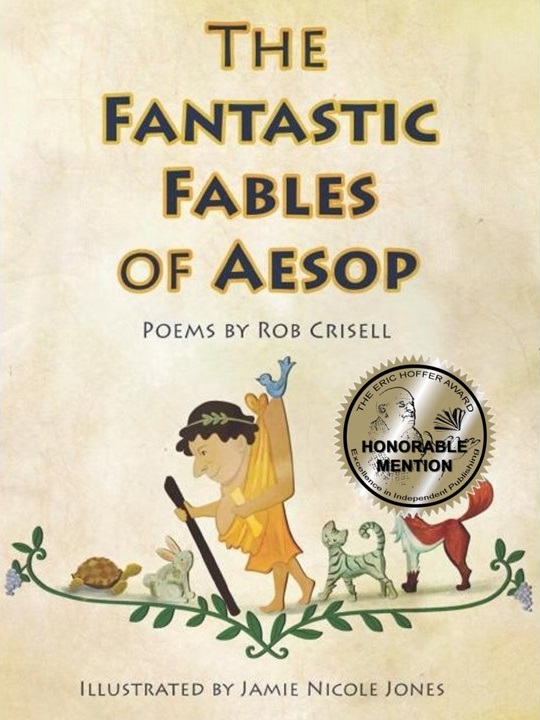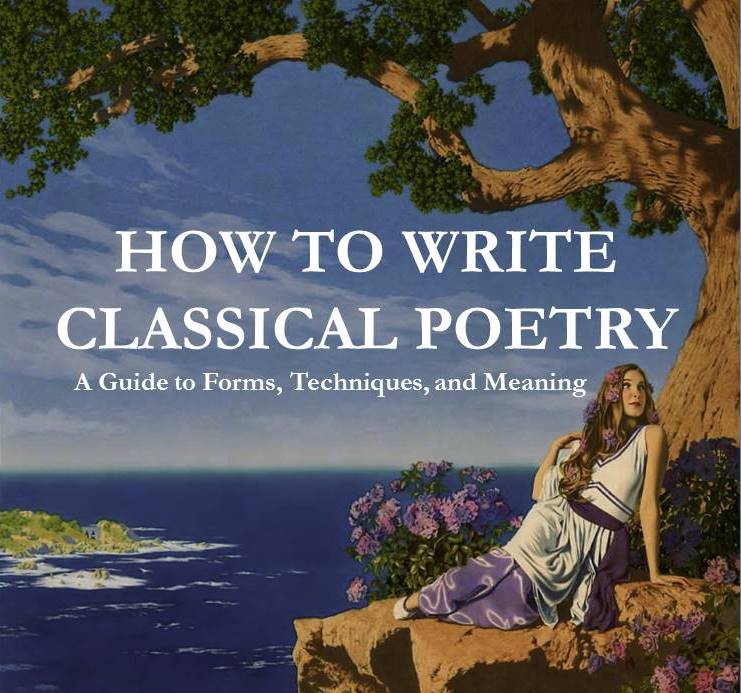Tanka
By Ue “Bird Claws” Ee
In dim morning light,
attracting mates, warning males,
dawn’s choir’s singing—
liquid-silver jingling—
nature’s alarm clock…ringing.
On a Piece of Johannes Brahms
By Ewald E. Eisbruc
Hungarian Dance Number 5 in F# Minor was
not a traditional folksong, but based on the csárdás,
of Béla Kéler, popular with the Romani bands
of Hungary and those of many nearby Slavic lands.
The dance begins with broad and sweeping musical gestures—
Romantic’lly—and then takes sev’ral running, tripping tours.
It’s grandiose, spectacular—but fun, ridiculous—
like life, one moment poignant, and the next felicitous.
It’s always making fun both of itself and everyone;
another brilliant sonic-tapestry beneath the sun.
Discovering Cervantes’ Bones
By El Cid E. W. Rubesa
Forensic scientists have found Miguel Cervantes’ bones
at Madrid’s Convent of the Barefoot Trinitarians.
Interred in 1616, in the week that Shakespeare died;
one coffin in the crypt had MC hammered on one side.
Now there are plans to reinter Cervantes’ bones again
for the 400th annivers’ry of his death back then.
But it’s the bones of Don Quixote readers should look to;
the sentences he wrote alive that should be put on view.
For Jesus’ sake, forbear to dig the dust enclosing him;
for he who spares his bones is blessed, but cursed he who
moves them.
Haiku
By Ue “Bird Claws” Ee
Small, but fierce—piercing—
the trill from a bird’s beak—held…
in place—by bird claws.
Bruce Dale Wise is a poet living in Washington State. He often writes under anagrammatic pseudonyms.
Featured Image: “Mount Fuji in the Morning” by Utagawa Hiroshige.

















I love the anagrammatic pseudonyms for each poem. And I love the adherence to the 5-7-5 syllabic count for the haiku and tanka. This poetry s absolutely lovely. Anyone who knows anything about Cervantes would be proud and understand the inevitable curse to move the bones, especially El Cid.
I enjoy the haiku. here are some others.
Vibrant pink fireweed
adorns the eye of August.
One wink, and it’s gone.
The orange fritter
flits from flower to flower
always aflutter.
From out of the blue,
the white cabbage butterfly
suddenly appears.